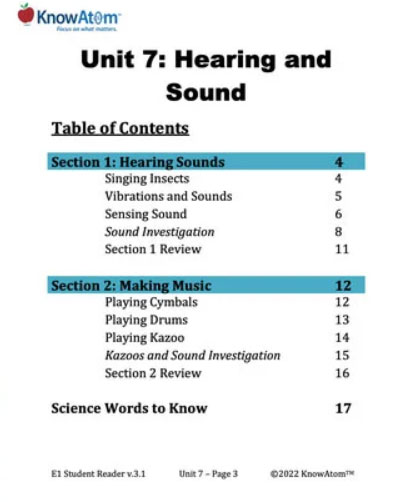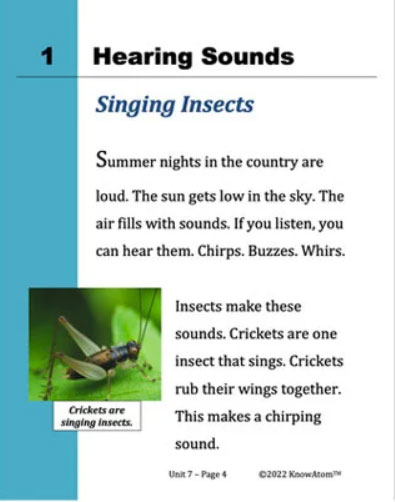In this lesson, students build kazoos with membranes made of different materials to observe how the kind of material affects how their voice sounds.
In this unit, students explore the science phenomena of sound by analyzing our senses and how we perceive sound. Once students have explored the relationship between sound and vibrations, they move on to discovering how musical instruments produce sound. This page is a high-level extract from lesson two which has students build their own musical instrument (a kazoo) by using different materials for the membrane to see how the sound changes depending on the material used.
The science background for teachers explains the science phenomena being studied in this unit (Hearing Sounds) in greater detail.
Some musical instruments use membranes to produce sound. For example, one of the simplest musical instruments sometimes sounds like the buzzing of some insects. The kazoo has been called “the most democratic instrument” because it is so simple to play. It is made up of a hollow tube with a hole covered by a membrane. When you hum into one end of the kazoo, you produce vibrations that make the air in the kazoo vibrate. These vibrations travel through the tube, causing the membrane to vibrate and making your voice gain a “buzzing” sound.
Kazoos are similar to drums, which also use a membrane to produce sound. There are many different kinds of drums, but they are all covered with a membrane that is hit, either with your hand or with drumsticks. This makes the membrane vibrate, producing a drumming sound.
In this lesson, students build kazoos with membranes made of different materials to observe how the kind of material affects how their voice sounds.

Prepared hands-on materials, full year grade-specific curriculum, and personalized live professional development designed to support mastery of current state science standards.
Ear: the part of the body that senses sound
Membrane: a thin, flexible covering
Sense: how an animal gets information about the outside world
Vibrate: to move back and forth quickly
Playing Cymbals
Isabella, Devan, and Jonah are part of a band. Isabella loves to play cymbals. Her cymbals have two metal plates.
Isabella brings the two plates together. When the plates hit each other, they vibrate. The vibrations make a clashing sound.
Playing Drums
Devan loves to drum. He plays drums with his hands. All drums have sides. They also have a top. This top is called a membrane. A membrane is a thin, flexible covering. Flexible means it bends easily without breaking.
Devan hits the drum membrane. The membrane vibrates. The vibrations make a drumming sound.



For the main investigation of this lesson, students build kazoos with membranes made of different materials to observe how the kind of material affects how their voice sounds. As part of the experiment, students create a visual model that shows how the different parts of their kazoo work together to make sound. Then, students use their observations from this investigation, as well as the last lesson’s investigation, to explain why the kazoo made different sounds when its membrane was made of different materials. Finally, they present their explanation to the class about why the kazoo made different sounds.
KnowAtom incorporates formative and summative assessments designed to make students thinking visible for deeper student-centered learning.

Standards citation: NGSS Lead States. 2013. Next Generation Science Standards: For States, By States. Washington, DC: The National Academies Press. Neither WestEd nor the lead states and partners that developed the Next Generation Science Standards were involved in the production of this product, and do not endorse it.